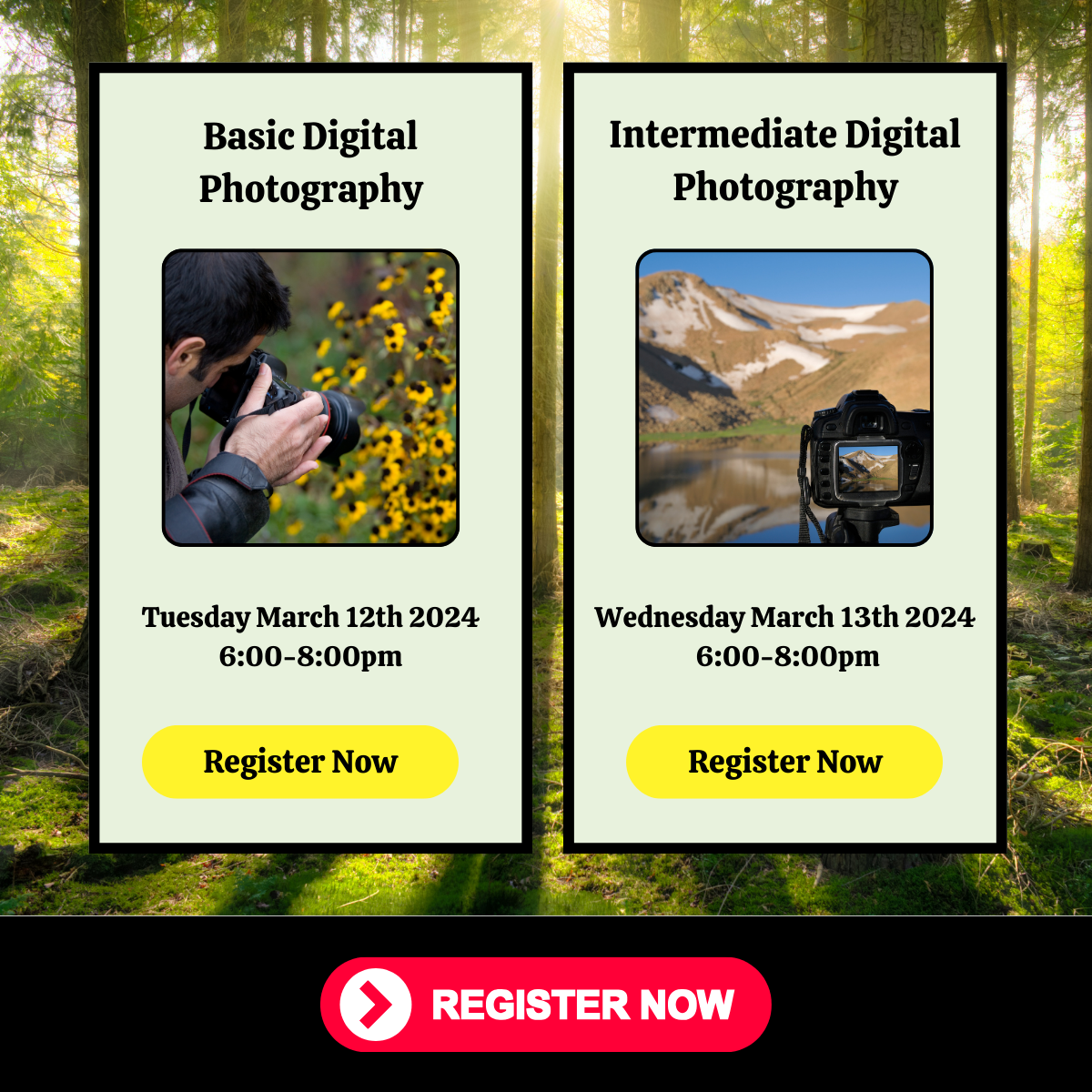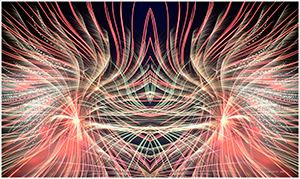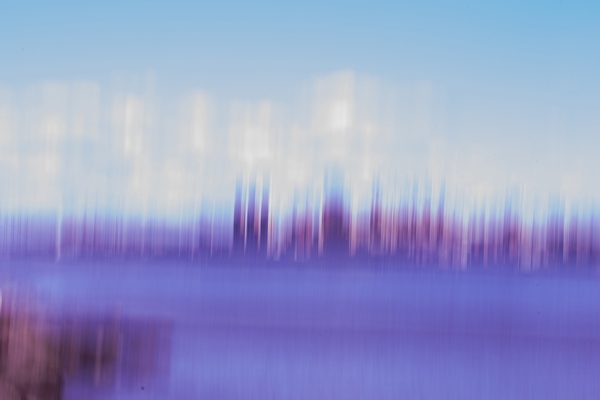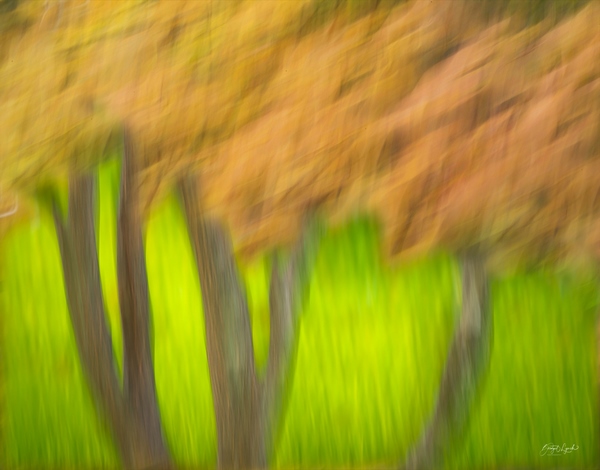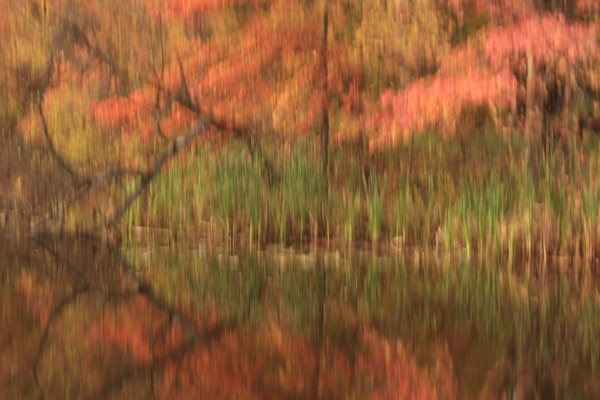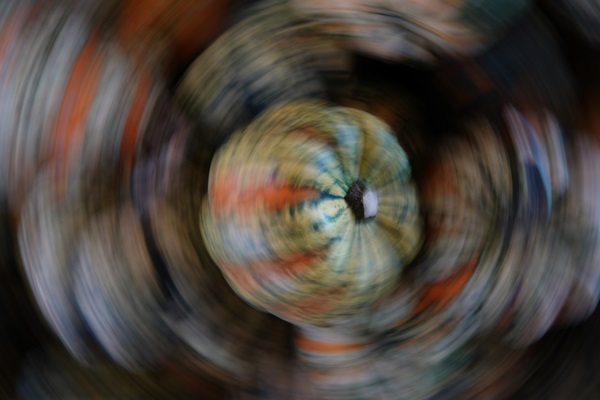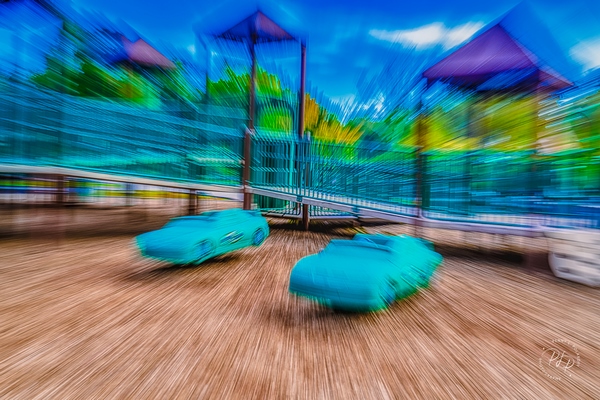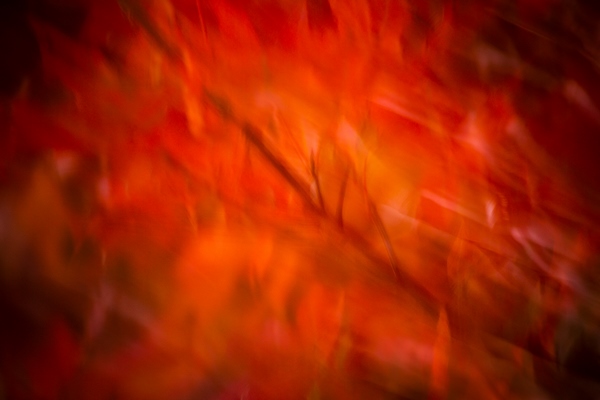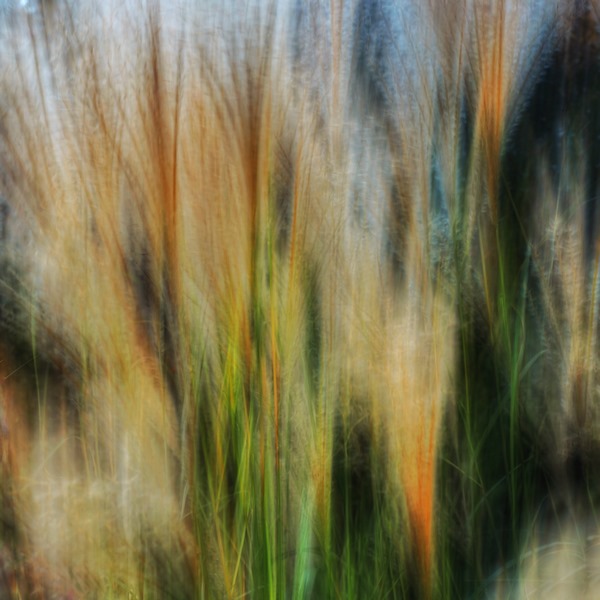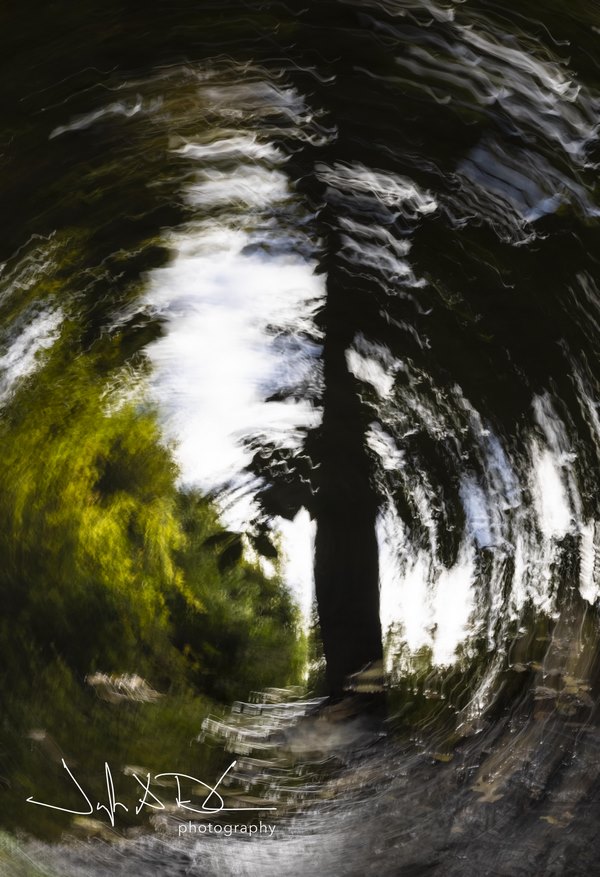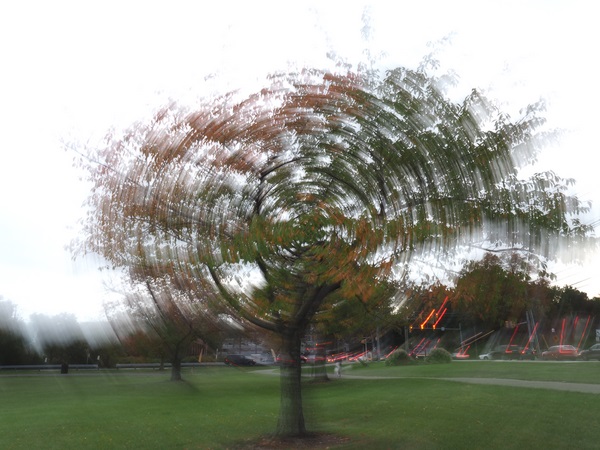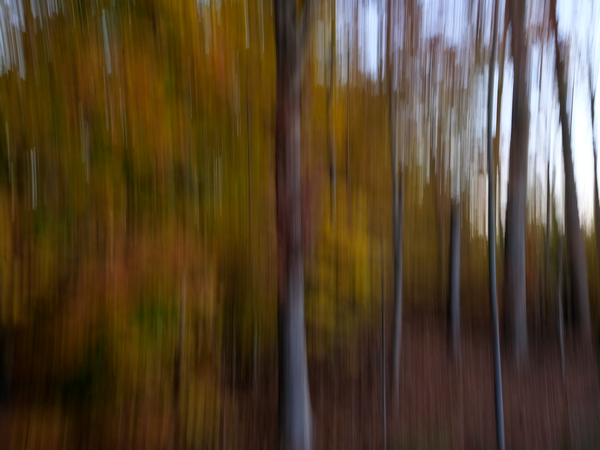Derek Rath captures the form and function of Southern California landmarks with the Tamron SP 15-30mm F/2.8 VC Wide-Angle lens
Story Contributed by Tamron
When he was growing up as a boy in England, Derek Rath learned the ins and out of three-dimensional drawing from his father, a civil engineer. “He was in charge of housing and streets and all kinds of related things, and he showed me how to work up 3D plans,” Derek says. “It fascinated me even back then.”
Derek eventually made his way to the US to produce a music album, and he soon settled down in Southern California, which he has called home for more than three decades. It’s proven the ideal locale for a person who has since parlayed his childhood interest in the lines and forms of civil engineering into a career as one of the region’s top architectural photographers. “Southern California is such an interesting place for architecture, because you can find 20 different styles along just one block,” he says. “Builders aren’t afraid to do things here and take chances.”
For architectural photographers, a wide-angle lens that allows for work in tight spaces is a must. Derek recently started shooting with the Tamron SP 15-30mm F/2.8 VC Wide-Angle lens, and he’s been impressed with the results. “First, I can handhold at shutter speeds I never thought possible,” he says. “And of course I appreciate the extra reach on the 15mm end that allows me to capture photos in spaces I wasn’t able to before. Plus, its sharpness is stellar. On many wide-angle lenses, the sharpness tends to drop off in the corners, but that’s not a problem with this lens.”
Derek’s approach when he’s capturing local architecture involves putting the building or structure in context with its surroundings, depending on what he’s been commissioned to turn in. “That comes down to finding an angle, something that illustrates a strength of concept of the design,” he explains. “Other times, I may be looking at textures or how a particular aspect of the building works in relation to the rest of it, or how the entire building works in context with its environment. It very often doesn’t unfold until you’re actually looking at the scene in front of you. And I like to shoot in natural light, or use available light that’s been incorporated into the design of the building.”
One thing Derek does when on a shoot with a client: Bring his laptop. “If they see my images right out of the camera, they may get upset because they’re not seeing what they expect to see,” he says. “And that initial photo is not what I’m going to give them in the end. Ansel Adams is very famous for his prints, not his negatives—he made his magic in the darkroom by pulling all the information out of the negative. Digital is the same for me. I take the photo, then finagle the information, then present the final result to my clients.”
A recent test-drive with the 15-30 allowed Derek to try it out on some of his favorite LA haunts. For a photo inside one of the city’s most prominent government buildings, Derek was faced with less-than-ideal lighting. “It was almost dungeon dark, as this was fairly early in the morning,” he says. “I was on the third floor of the rotunda, the most elaborately designed of all of the floors. It’s a wonderful period piece of architecture. My goal was to focus on the filigree of the light and show how the light fell so beautifully down onto the Los Angeles plaque below.”
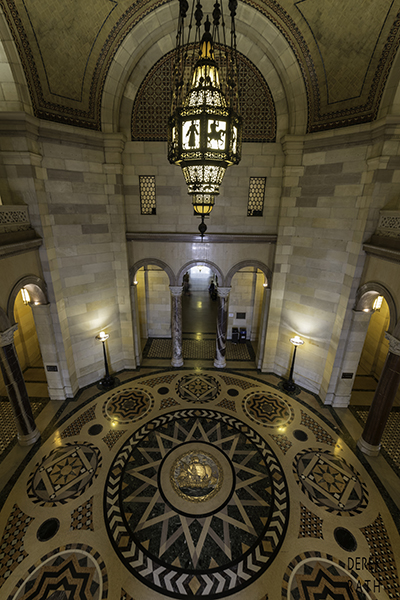
15mm, F/9, 0.4 sec., ISO 640Derek had previously surveyed this same scene through an iPhone, compact camera, and using a different wide-angle lens, but it wasn’t until he used
Read more →

